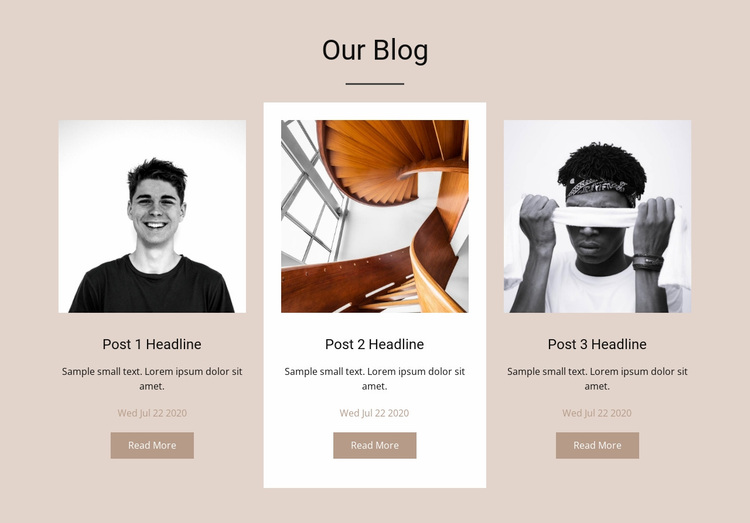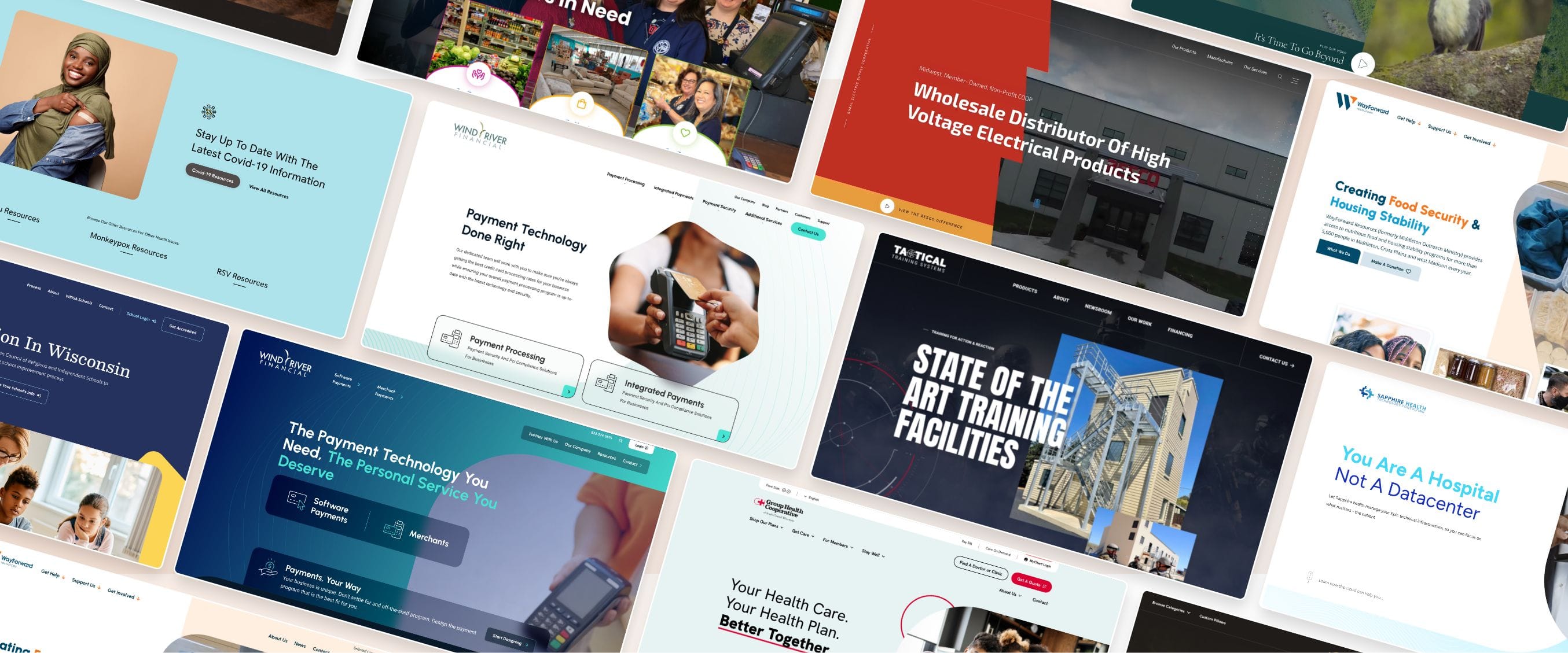Intuitive Website Design Services That Improve Performance and Interaction
Wiki Article
Top Tips for Creating an Impactful Website Layout That Converts
In today's digital landscape, the significance of an impactful web site style can not be overemphasized, particularly when it involves transforming visitors into clients. To accomplish this, one have to consider a range of variables, consisting of understanding the target market, prioritizing user experience, and optimizing for mobile systems. Moreover, the tactical use engaging call-to-actions and a well-defined visual hierarchy plays a crucial duty in guiding users via their journey. As we explore these necessary aspects, it becomes apparent that the success of your web site rests on greater than just aesthetics; it requires a thoughtful method to layout and performance.
Understand Your Target Market
Comprehending your target market is essential to reliable web site design, as it lays the foundation for creating an appealing user experience. Recognizing who your users are, including their demographics, choices, and actions, makes it possible for designers to customize the website's web content, design, and functionality to fulfill specific requirements.Performing thorough marketing research is vital in this process. Surveys, interviews, and analytics can supply valuable insights right into user expectations and discomfort points. By assembling this information, designers can produce customer identities that represent different sectors of the audience, ensuring that layout choices are informed and pertinent.
Additionally, understanding the target audience assists in choosing appropriate style components such as color design, typography, and images that reverberate with customers. A web site that talks directly to its target market fosters a sense of link and count on, urging longer check outs and greater conversion prices.
Eventually, a user-centered technique to site layout not only improves individual contentment yet also supports company purposes by driving engagement and commitment. By prioritizing the demands and preferences of the target market, a website can efficiently offer its function and attain wanted end results.
Prioritize User Experience
To improve the general effectiveness of a web site, prioritizing individual experience (UX) is crucial (Website Design). A properly designed UX guarantees that visitors can browse the site effortlessly, locate information swiftly, and involve with content meaningfully. This causes boosted user contentment and greater conversion pricesBegin by applying instinctive navigation. Menus should be realistically structured, permitting users to locate vital areas of the website with minimal effort. Consistency in style elements, such as color design and font styles, fosters knowledge, which is crucial for preserving user involvement.
In addition, take into consideration the packing speed of your website. A delay of just a few secs can lead to substantial drop-offs, as customers are less most likely to await a slow-loading web page. Simplifying photos and maximizing code can enhance performance and keep visitors.
By prioritizing user experience, you not just create an extra enjoyable atmosphere for site visitors however likewise reinforce your brand name's credibility. Eventually, a focus on UX is a financial investment in the lasting success of your site.
Optimize for Mobile Tools
Enhancing for smart phones is vital in today's electronic landscape, where an increasing number of individuals access websites through mobile phones and tablet computers. A mobile-friendly style not only improves user experience yet likewise plays a significant duty in enhancing internet search engine positions. To accomplish this, it is necessary to adopt a receptive layout that immediately gets used to click to read more various display dimensions and orientations.
Filling speed is another crucial element; mobile users are normally less client and anticipate quick accessibility to information. Optimize images and utilize browser caching to improve efficiency. Examination your internet site on numerous tools and screen resolutions to determine and fix any possible functionality issues. By prioritizing mobile optimization, you make certain that your website continues to be competitive and effectively involves a more comprehensive target market.
Use Compelling Call-to-Actions
A web site's effectiveness commonly hinges on its capability to guide visitors toward wanted Get the facts activities, making engaging call-to-actions (CTAs) vital elements of design. CTAs function as the essential factors that direct customers to involve with the site, whether that indicates making a purchase, signing up for an e-newsletter, or downloading a resource.To develop efficient CTAs, clarity is paramount. Use concise language that clearly connects the activity you desire the individual to take. Expressions such as "Get going," "Join Free," or "Store Now" not only convey urgency yet likewise remove uncertainty. The positioning of CTAs is similarly important; they should be strategically placed throughout the page to guarantee they are quickly visible, particularly in high-traffic areas.
Additionally, think about using directional signs, such as arrows or images, to assist individuals toward these buttons. By concentrating on these elements, businesses can significantly improve user involvement, driving conversions and ultimately attaining their website's objectives.
Emphasis on Visual Power Structure
Effective website design relies heavily on a well-structured aesthetic pecking order that guides customers via material effortlessly. By organizing aspects in a way that focuses on information, designers can boost individual experience and promote decision-making. This includes making use of dimension, color, contrast, and spacing tactically to accentuate one of the most crucial components of a page.Using bigger font styles for headings check here and subheadings establishes a clear distinction between different sections, enabling customers to check content easily. Additionally, employing different colors for buttons and calls-to-action can catch user focus and encourage interaction. Whitespace is an additional important part; it protects against mess and makes it possible for users to concentrate on key messages without diversions.
Images and graphics need to complement the text while also adhering to the well-known pecking order, enhancing the general message (Website Design). Consistency in style elements, such as color design and typography, additional strengthens the visual hierarchy, making navigating instinctive

Verdict
In final thought, effective internet site design necessitates a comprehensive understanding of the target audience, prioritization of user experience, and mobile optimization. Ultimately, a well-executed web site layout offers as a crucial part in driving customer activities and achieving business objectives.Report this wiki page